Mediterranean plants
CasaLester RTP, NC (7b)
5 years ago
Featured Answer
Comments (39)
CasaLester RTP, NC (7b)
5 years agoRelated Discussions
Mediterranean Plant - Stems Like Red Tubeworms
Comments (2)It's a euphorbia, most likely Euphorbia characias, commonly known as Mediterranean spurge. Subspecies wulfenii is native to the eastern Med area, the Balkans and Turkey; subspecies characias is found in the western Med, Portugal and Spain. Both prefer sunny, rocky hillsides and are very drought tolerant. These are very popular ornamental plants in the climates that will suit them - in early spring here, the bright limey-chartreuse flower bracts are seen in gardens all over the area. There are several in my own garden :-) There are also many named forms and some with variegated foliage. Here is a link that might be useful:...See MoreIs there a drought tolerant alternative to knockout roses?
Comments (11)gobluedjm, "do not plant" is pretty strong wording that I've never seen attributed to this plant, it deserved some follow up, clarification and context. cal-ipc.org doesn't list Catharanthus roseus as invasive, while other lists do. It's reasonable to assume that easy, drought tolerant plants would make such a list. Things like fennel, radish, olive and sweet alyssum are also considered invasive. Invasive isn't the same as "do not plant"....See Morea 'shadier' mediterranean garden, help with plants?
Comments (10)If you have blooms on your Bougainvillea, you probably have enough sun for many if not most typical medit plants. Flowering plants that do well with part day sun would include Agapanthus, Clivia(morning sun only), Brugmansia, Strelitzia, Nerine bowdenii, Aloe saponaria, Agave attenuata and A. bracteosa. Foliage plants might include Asparagus retrofractus, A. densiflorus 'Meyers', Fatsia japonica, Tetrapanax papyriferus, Nandina domestica, Tupidanthus calyptratus, Duranta stenostachya, Crinum moorei, Pittosporum tobira, Daphne odora, Helleborus argutifolius, etc. I also like to use Francoa ramosa and F.sonchifolia, Fuschia boliviana, Dianella intermedia, Hebe menziesii,Justicia carnea and Justicia rizzinii, and some of the cold hardy Heliconias such as H. latispatha or H. schiedeana, or the Chinese Banana, Musellia lasiocarpa. Other subtropicals good for part shade might include Russellia equisetiformis,Justicia aurea, Abutilons, Brunfelsia, etc....See MoreSoil mix --Mediterranean type plants in MidAtl
Comments (3)The raised bed mix referred to by cleangeek in the link above will work fine. You just might want to go a little lighter on the compost. As long as the soil drains well and is not overly moisture retentive, it's all good. We grow all manner of Mediterranean plants here in the PNW (it's a modified Mediterranean climate) and we have pretty wet winters. The only time these plants struggle is if they are planted in heavy, slow draining soil. My own collection is in a tiered bed filled with regular garden soil. It's the elevation that affords the good drainage....See Morekaren__w z7 NC
5 years agolast modified: 5 years agotrianglejohn
5 years agoCasaLester RTP, NC (7b)
5 years agolast modified: 5 years agodavidrt28 (zone 7)
5 years agolast modified: 5 years agodavidrt28 (zone 7)
5 years agolast modified: 5 years agokaren__w z7 NC
5 years agoCasaLester RTP, NC (7b)
5 years agokaren__w z7 NC
5 years agoCasaLester RTP, NC (7b)
5 years agoCasaLester RTP, NC (7b)
5 years agoCasaLester RTP, NC (7b)
5 years agoCasaLester RTP, NC (7b)
5 years agodavidrt28 (zone 7)
5 years agolast modified: 5 years agoCasaLester RTP, NC (7b)
5 years agokaren__w z7 NC
5 years agoCasaLester RTP, NC (7b)
5 years agodavidrt28 (zone 7)
5 years agolast modified: 5 years agoCasaLester RTP, NC (7b) thanked davidrt28 (zone 7)CasaLester RTP, NC (7b)
5 years agodavidrt28 (zone 7)
5 years agolast modified: 5 years agoCasaLester RTP, NC (7b)
5 years agoCasaLester RTP, NC (7b)
5 years agolast modified: 5 years agokaren__w z7 NC
5 years agolast modified: 5 years agokaren__w z7 NC
5 years agoRosefolly
5 years agodavidrt28 (zone 7)
5 years agodavidrt28 (zone 7)
5 years agolast modified: 5 years agoCasaLester RTP, NC (7b)
5 years agoCasaLester RTP, NC (7b)
5 years agoCasaLester RTP, NC (7b)
3 years agoCasaLester RTP, NC (7b)
2 years agodavidrt28 (zone 7)
2 years agolast modified: 2 years agotamelask
2 years agoCasaLester RTP, NC (7b)
2 years agodavidrt28 (zone 7)
2 years agolast modified: 2 years ago
Related Stories
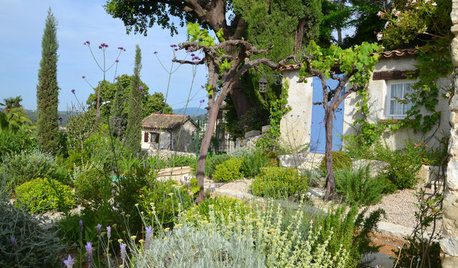
PLANTING IDEASPlant These Garden Favorites for a Taste of the Mediterranean
These 8 gorgeous and fuss-free plant combinations evoke the style of the region, villa not included
Full Story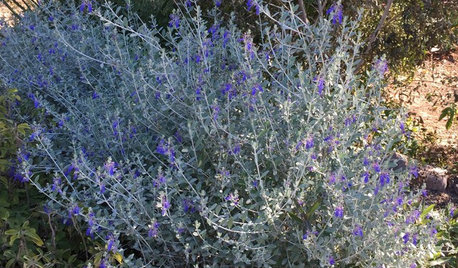
GARDENING GUIDESGreat Design Plant: Teucrium Fruticans for Drought-Tolerant Gardens
The silvery-gray foliage and blue flowers of this Mediterranean native stand out in low-water landscapes
Full Story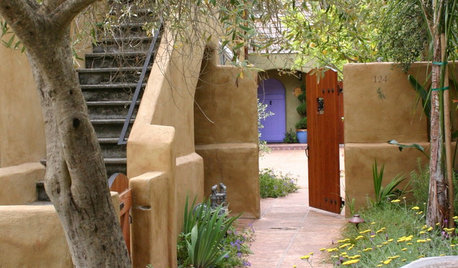
GARDENING AND LANDSCAPINGLay of the Landscape: Mediterranean Garden Style
Earthy, lush and warmly welcoming, a Mediterranean garden can thrive in any warm-climate landscape with a few adaptations
Full Story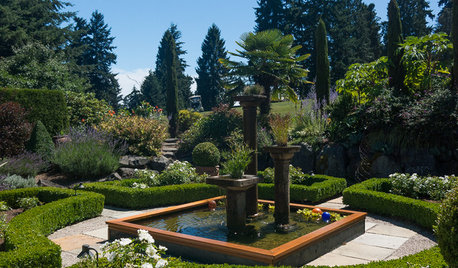
LANDSCAPE DESIGNGet a Mediterranean-Style Garden Even Far From the Sea
Some lavender here, a water feature there, and your garden just might feel transported to a balmy seaside locale
Full Story
INSPIRING GARDENSNative Plants Bring 10 Southern California Front-Yard Gardens to Life
Rare plants, rain gardens and wildlife habitats are just a few of the features showcased on the 2016 Theodore Payne Native Plant Garden Tour
Full Story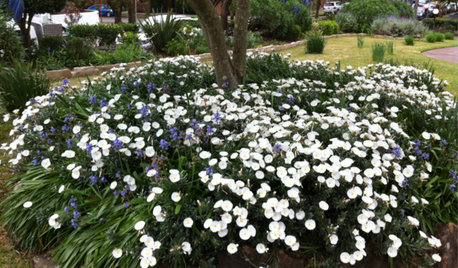
GARDENING GUIDESGreat Design Plant: Convolvulus Cneorum
Bush morning glory’s silvery foliage is transformed every day as pinkish buds open to reveal white flowers
Full Story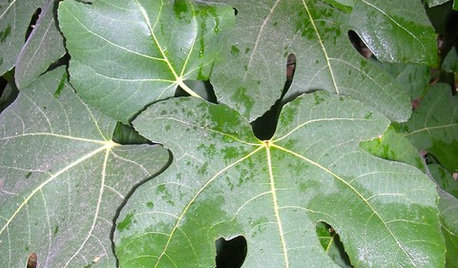
GARDENING GUIDESGreat Design Plant: Common Fig
A full form and delicious fruits make this Middle Eastern tree a favorite in gardens around the world
Full Story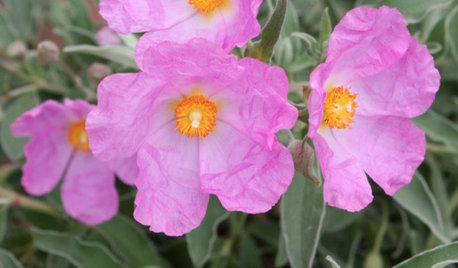
GARDENING GUIDESGreat Design Plant: Rockrose
Dry summer heat and poor soil won't quell the profuse papery blossoms of rockrose, a low-maintenance champion
Full Story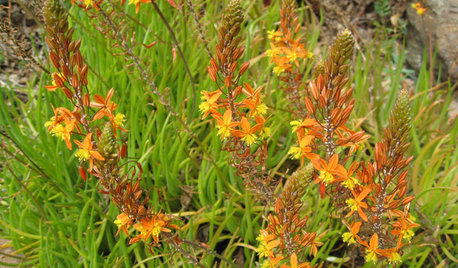
GARDENING GUIDESGreat Design Plant: Bulbine Frutescens 'Hallmark'
Plant this low-maintenance succulent now for brilliant eye-catching orange blooms in spring
Full Story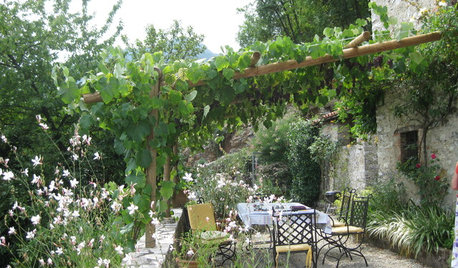
LANDSCAPE DESIGNRecipe for Mediterranean Edible Garden Style
The only thing better than a delicious meal outdoors is the satisfaction of growing some of the key ingredients yourself
Full Story


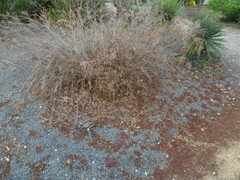
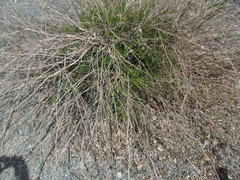
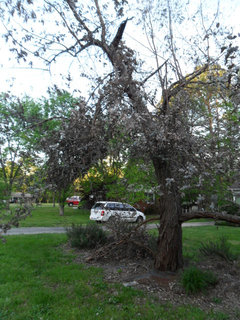
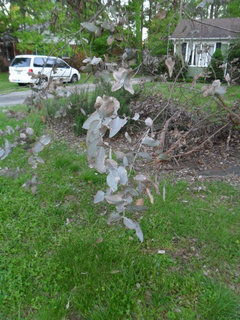
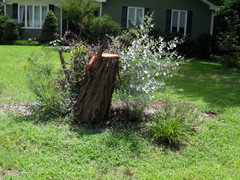
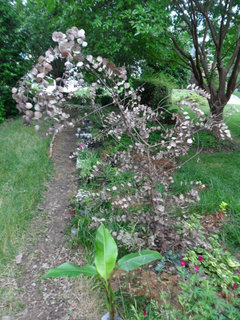




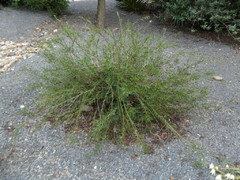
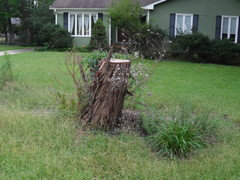

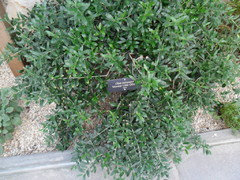

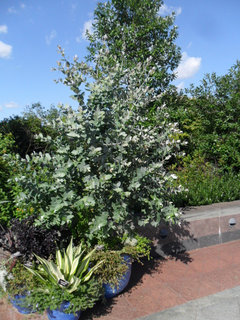
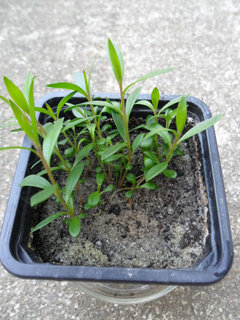

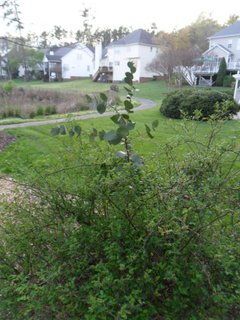
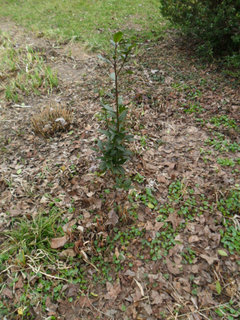
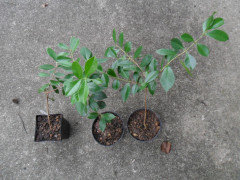

davidrt28 (zone 7)